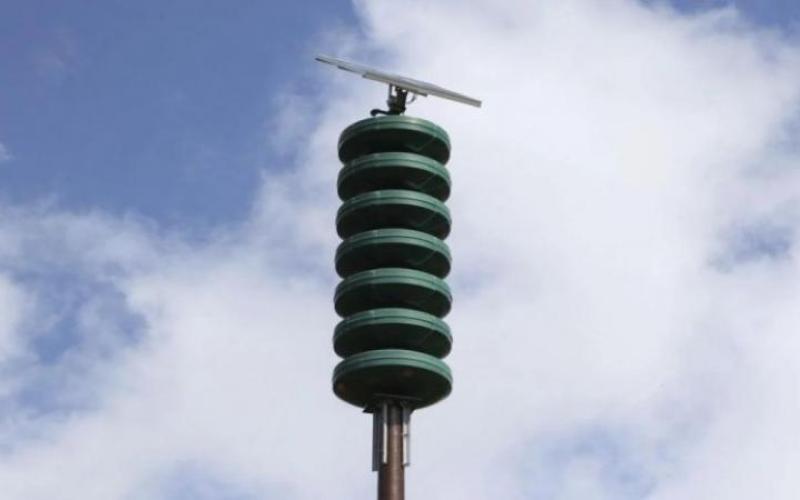
Retired military expert Maj. Gen. Dr. Mamoun Abu Nuwar said that Jordan has benefited from the advanced SBIRS (Space-Based Infrared System) missile detection system owned by the United States. This became evident during the recent confrontation between Iran and Israel, when the system detected Iranian missiles the moment they were launched, prompting sirens to sound in Jordan immediately.
He explained that “the United States operates what is known as the Space-Based Infrared System, which is primarily used for early warning and missile defense. This system is accessible to several allied countries and consists of satellites equipped with advanced infrared sensors.”
Abu Nuwar emphasized that “this integration enhances Jordan’s national security and protects the Kingdom’s sovereignty over its airspace, especially after Jordan firmly refused to let any warring party turn its skies into a battlefield. It also enables Jordanian authorities to issue early instructions to citizens, such as avoiding open areas for their safety — as we witnessed during the recent confrontation when Iranian missiles and drones passed over Jordanian airspace.”
The system comprises six satellites, the latest of which was launched in 2022. These satellites are positioned in geostationary orbit around the Earth at an altitude of about 36,000 kilometers, each weighing approximately four tons. According to the German website Der Spiegel, these satellites can continuously monitor large areas, including parts of Russia, the Korean Peninsula, and the Middle East.
The SBIRS program is considered one of the most advanced early warning and missile defense systems developed by the United States. It was created to replace the DSP (Defense Support Program) satellites launched in the 1970s.
Equipped with high-precision infrared sensors, the SBIRS satellites can detect and track ballistic and thermal missile launches almost instantly anywhere in the world. The first SBIRS satellite was launched in 2011, and the most recent in August 2022, completing a constellation of six satellites in geostationary orbit.
These satellites stand out for their ability to continuously monitor vast and sensitive regions, including large parts of Russia, the Korean Peninsula, the Middle East, and beyond. This capability provides early warnings of potential missile threats to the United States and its partners, supports air defense operations, and helps guide interception systems with precision.
Beyond military uses, the SBIRS system is also used for broader applications, such as assessing the outcomes of military strikes, monitoring major natural disasters, and even supporting certain civilian and security operations. By integrating it with the defense networks of friendly or allied countries like Jordan, the system significantly enhances national security and enables rapid responses to potential missile threats.












































